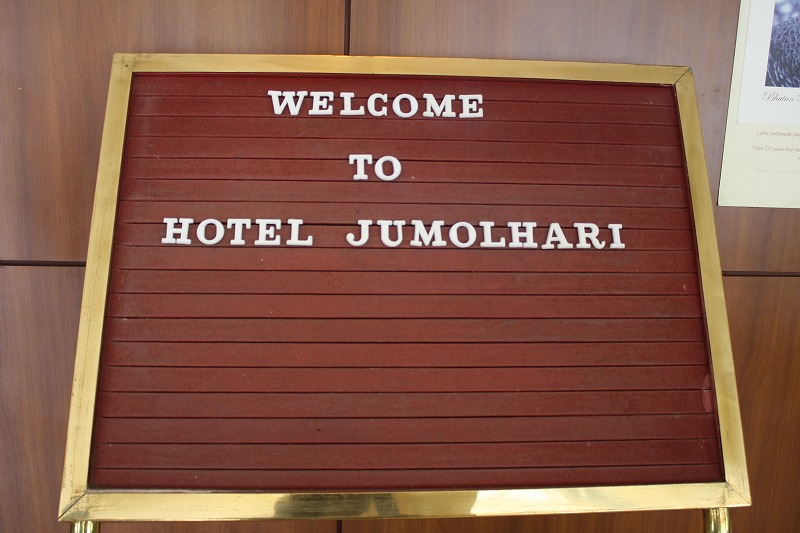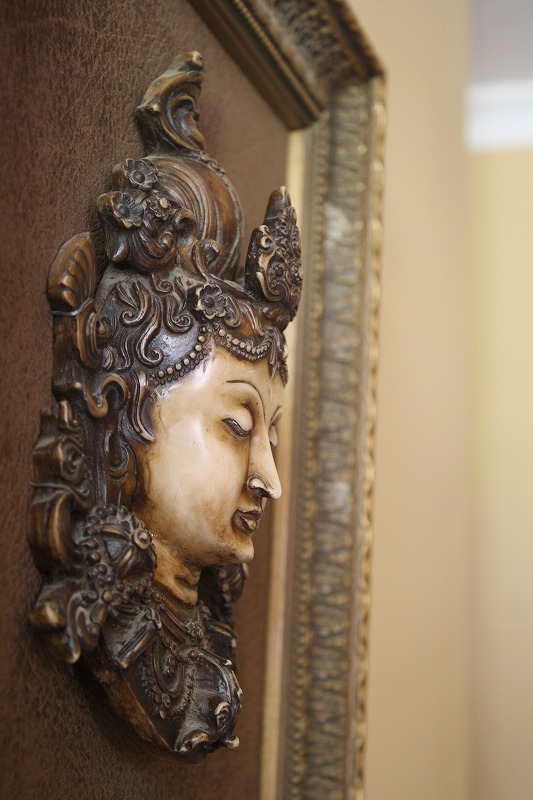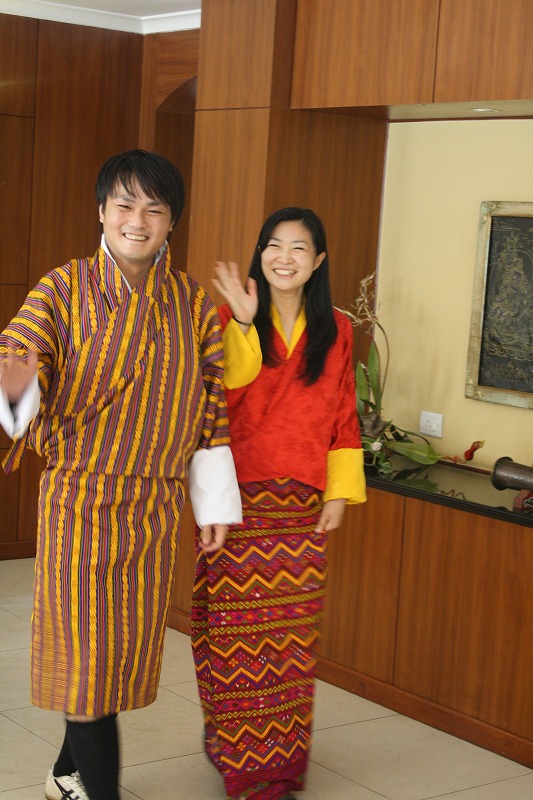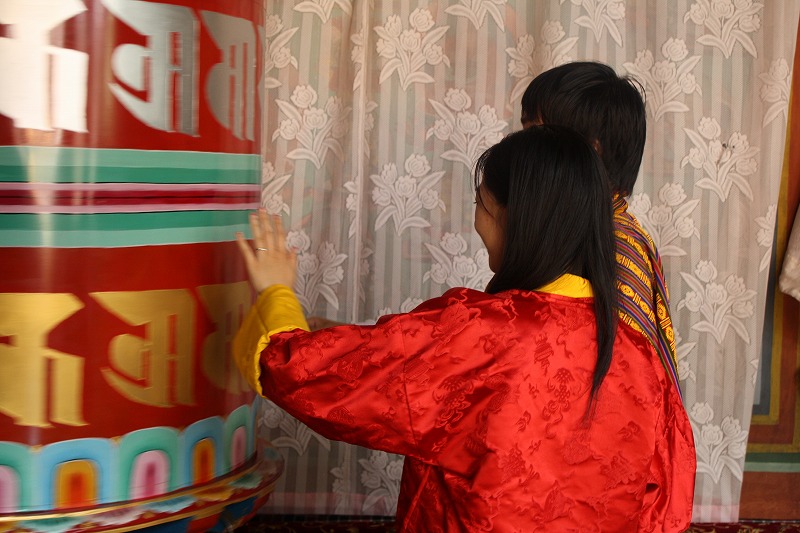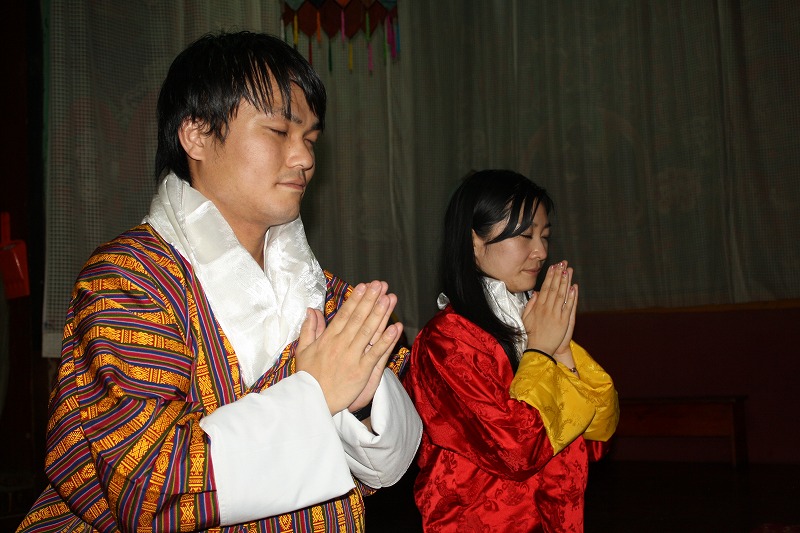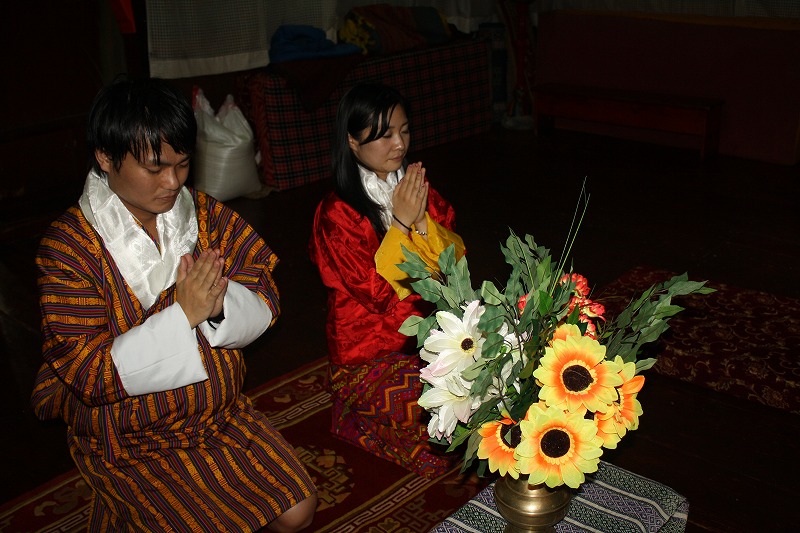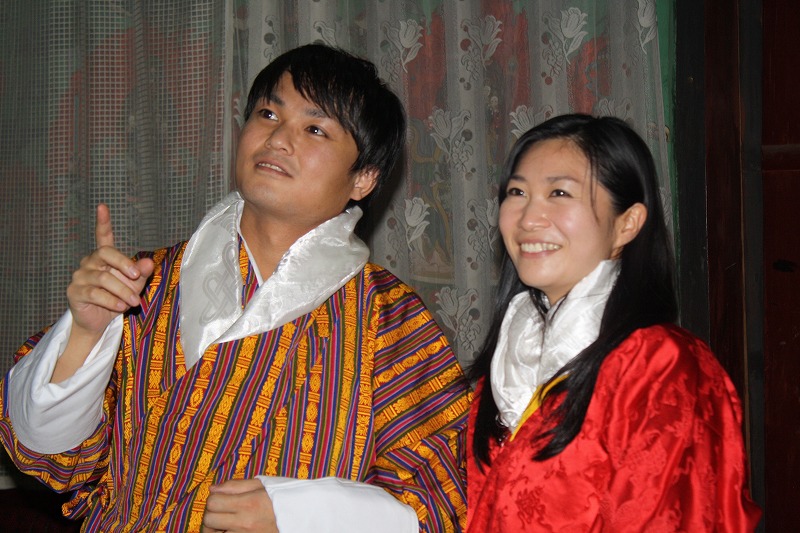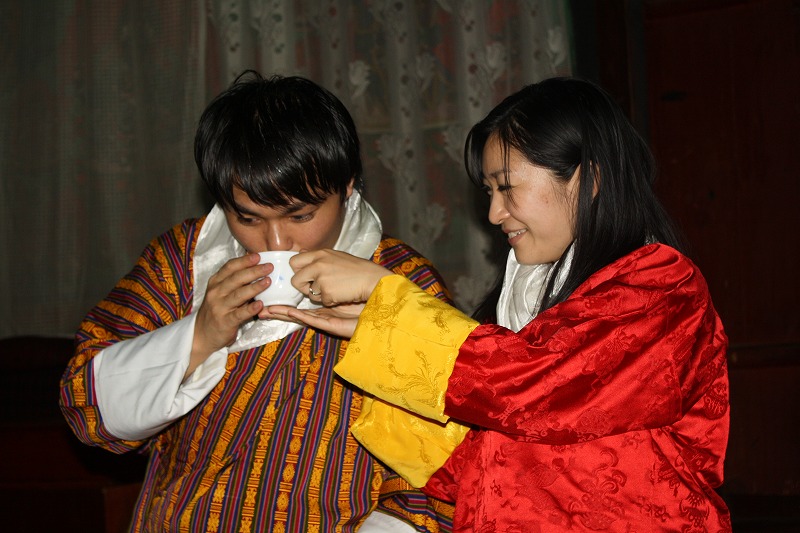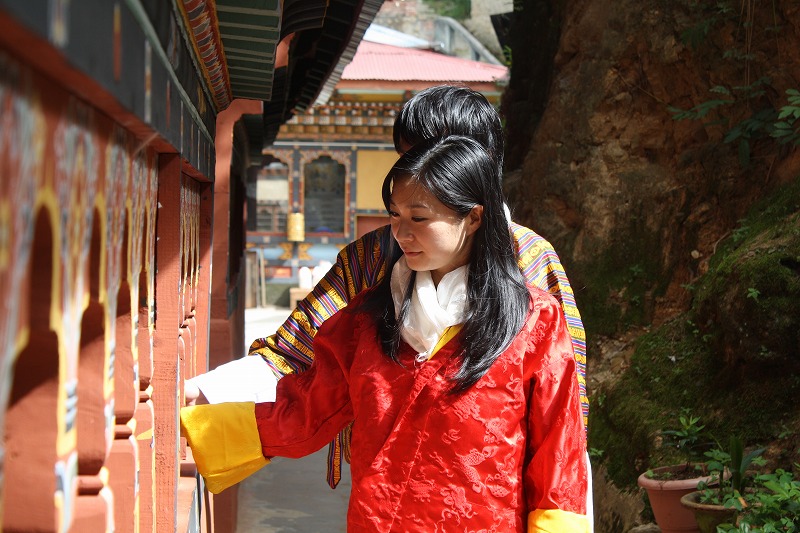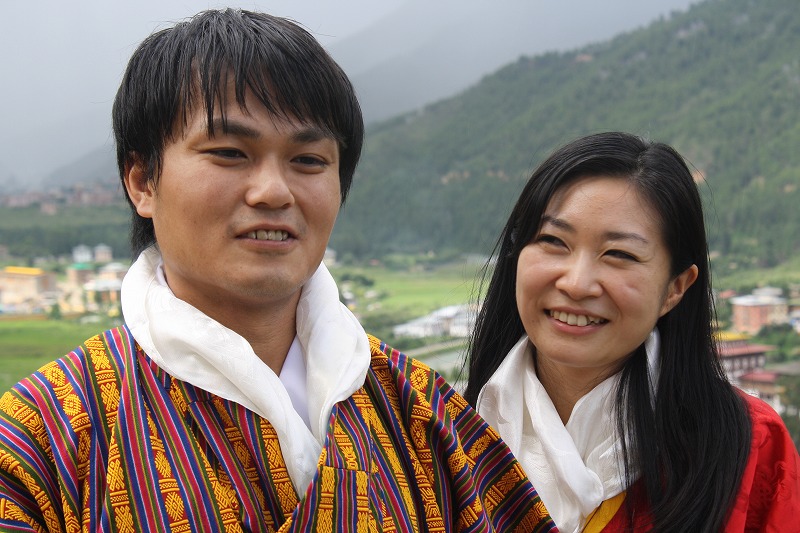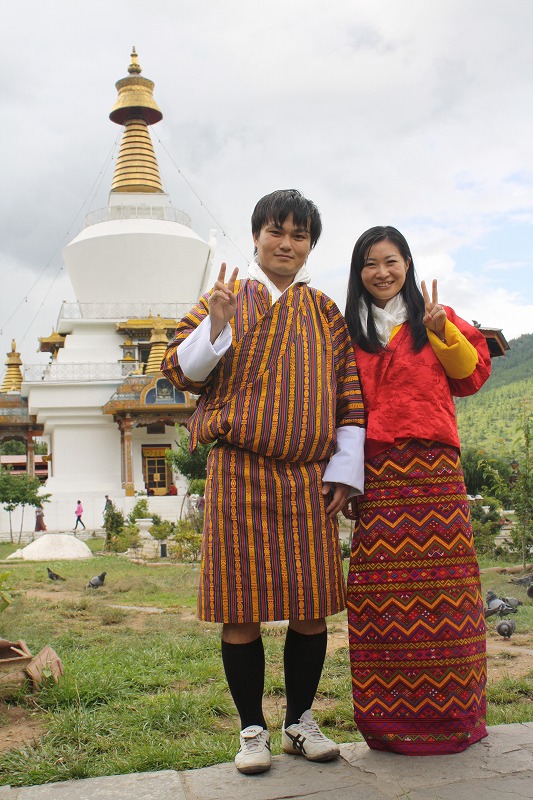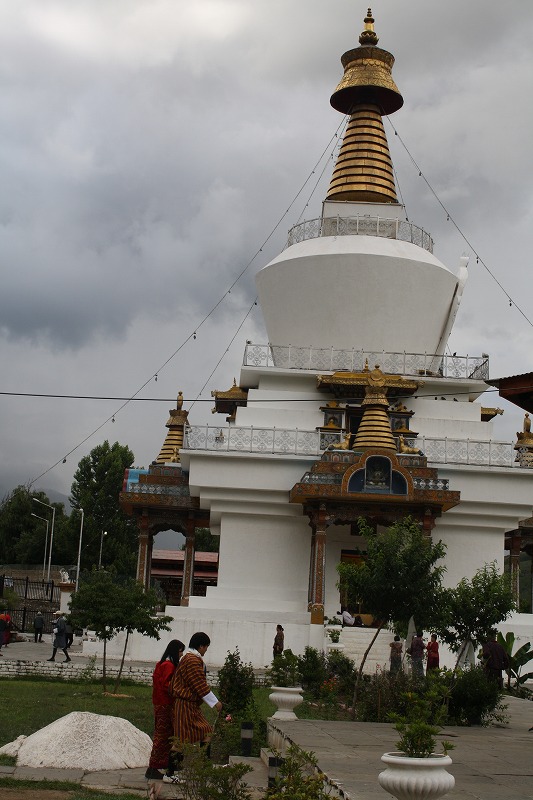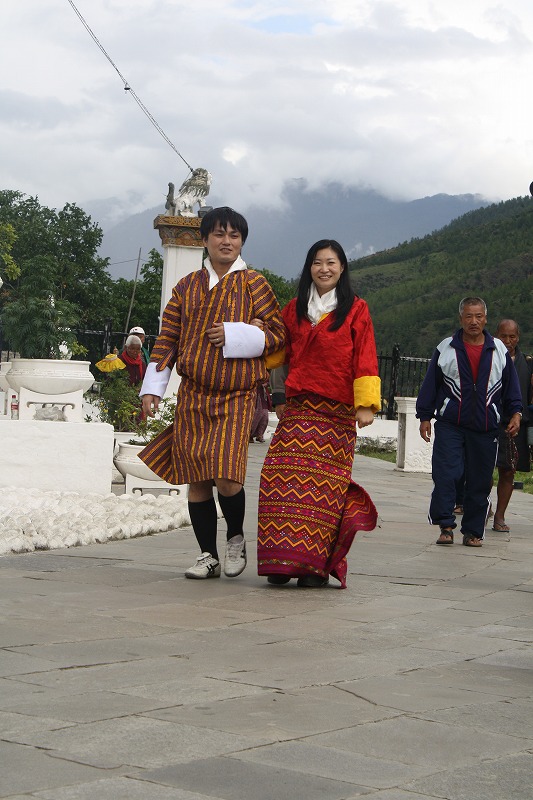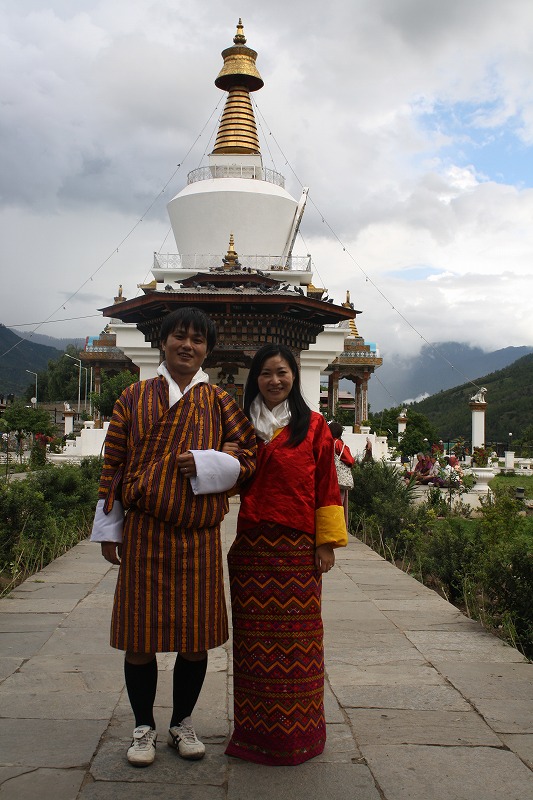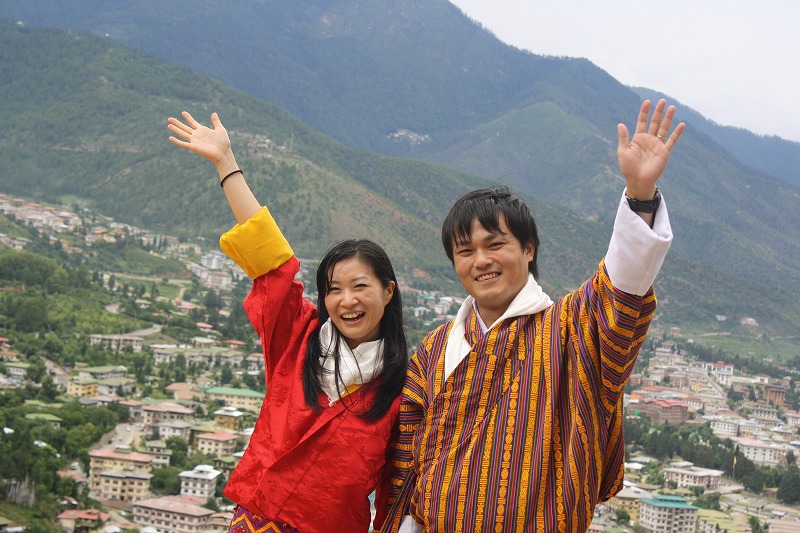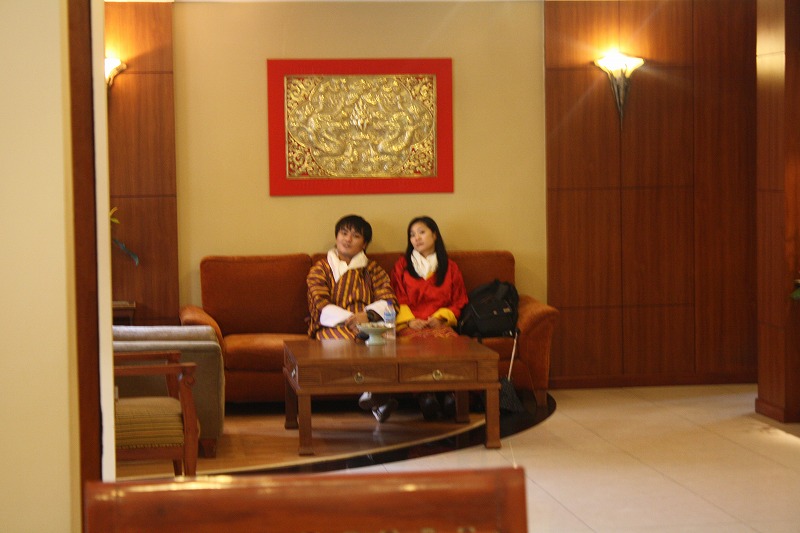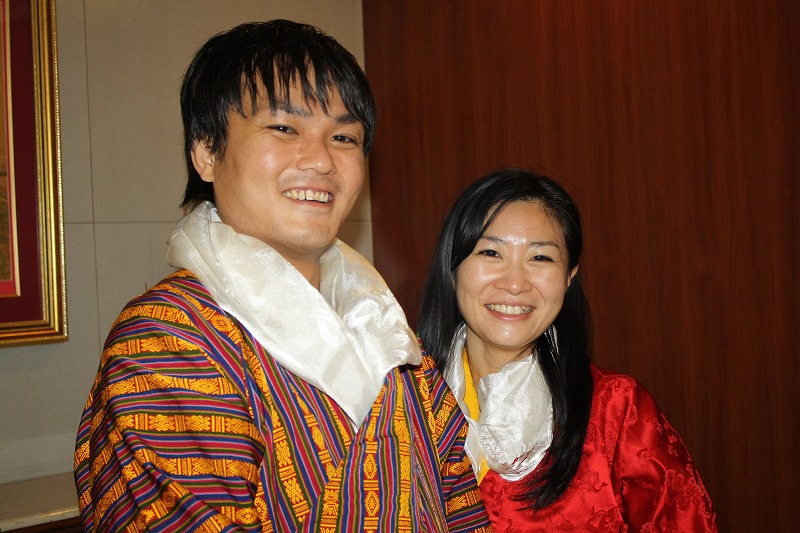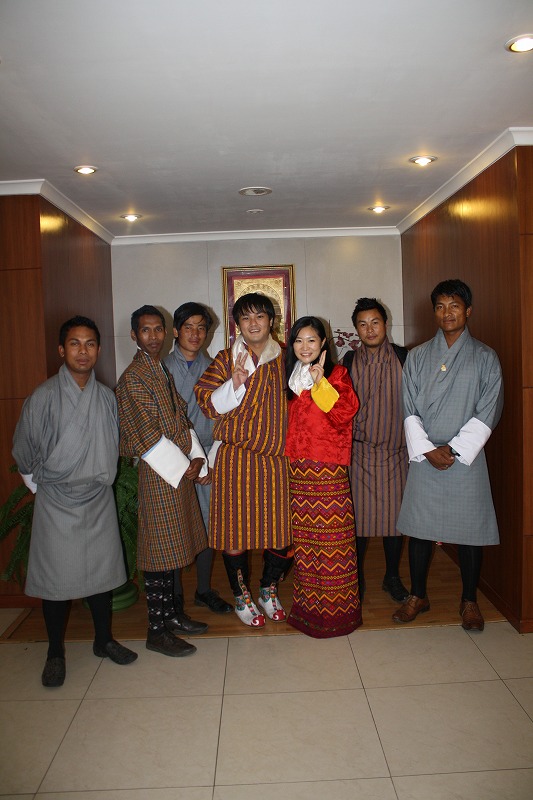extreme long exposure photographyudell funeral home obituaries
extreme long exposure photography
(You can read more about this in our article: Who makes the best ND filters?). If you add a nice light to that ingredient, such as the light during golden hour, you can get amazing results. Rest your index finger lightly on the shutter button. The Gold-N-Blue (Singh-Ray) and the Varicolor Blue/Yellow (Cokin) circular polarizing filters are special polarizers. . And the easiest one is You've guessed it: your camera's viewfinder. Because even at f/22 and ISO 100, youll probably over-expose an outdoor daytime image by the time you get to or sec, or 1-2 whole seconds if youre shooting around sunset. With that done, the only thing left for you to do is to start your exposure and wait. Always pause for a few minutes before approaching the rocks at first, to see what the cycle of the swell is. You may find that the particular ND filter you bought is actually off by a stop or so, especially the super-dark ones. Conversely, the technique also helps to emphasize hard lighting and the contrast in such scenes. But don't do it when it's windy, you'll get the opposite effect! The slower the shutter speed, the harder it is to keep steady during the exposure. In that case, the best thing you can do is cover those gaps with a piece of gaffer's tape. Extreme Long Exposure Photography - YouTube And if the Sun is in your frame, after a couple of minutes its position will have changed significantly in the composition. It halves the number of photos you can take (so it reduces by 50% the chance to capture meteors). When light painting the foreground, test your exposure (check the histogram). Nevertheless, if you want to go into detail on how to do long exposure night photography, jump to section 8. He studied commercial photography and is always looking to improve. Otherwise, it'll be even worse. Adjust your camera setting just like I explained above. It takes time, calm and patience to find the perfect composition. Chances are you'll have to put it somewhere where its legs will get wet. So as you can see, it involves 2 elements: As you can read in our exposure photography guide, the shutter speed is, along with the aperture and the sensitivity, part of the exposure triangle. At home, load all the shots onto a post-processing software (Photoshop, for example) and stack them. 13 Long Exposure Photography Tips for GREAT Photos - Shotkit And if you don't clean it, that dirt will show up in your images. As I always say, in photography you set the limits. Here are some cases when combining both techniques may be the best solution: You want a photo with a very long exposure time and you don't have enough ND filters to get it. The number of slots depends on the manufacturer, although a regular filter holder usually has three slots. These tripods are robust and weigh less than the aluminium ones. Water that is moving swiftly will begin to blur with a shutter speed that is just a few seconds long, and will turn silky smooth when you start to expose in minutes instead of seconds. You cannot shoot at regular intervals automatically. If you drop one of your lens filters on the ground, it will most likely break. Or at least the one that is perfect for you. The image doesn't turn white because we take care to block just as much light as we need to get the exposure time as long as we want. You will lose some depth of field in the foreground but everything that is at infinity will remain focused and the subject will be tack sharp. Imagine pressing the shutter button with your finger for 2 minutes and 45 seconds! You should never use the image on your LCD screen to set the exposure you're looking for. Inhale, hold, and press the shutter as the subject crosses in front of you while continuing to follow them with your camera. Type A has, so far, only been adopted by Sony in all of its newest models. This photo reflects a very special moment I shared with a group of PhotoPillers during our expedition to Iceland. And, as you might have guessed, you'll discover the best long exposure app: PhotoPills. Daniel Korzhonov, better known as Daniel Kordan, is a Russian landscape photographer. They allow loads from 5 kg to over 25 kg (11-56 lb) depending on the model. It doesnt matter which you pick. Because you are going to be standing around for at least a good few minutes, its important that you pay extra care to your surroundings during your exposure. Try to visit the nearest Town Hall or tourist office and look for first hand information. Set your shutter speed depending on your subject: And finally, you find yourself in a beautiful outdoor location with dark skies. You can do it in 7 steps: Place the Red Pin on a potential location. I hope they help you improve your long exposure technique. Metering mode: If your camera has the Live composite mode, you don't have to meter. Many landscape photographers consider lens filters to be an essential tool. The reduction is applied while you're taking the picture, so in a 20s image, on most cameras you will have to wait another 20s for the camera to process the image trying to eliminate noise. Double check all the equipment is stable. You can choose the exposure time, aperture and ISO to get the exposure you want. Creating Silky Smooth Water with a Long Exposure, 11. It may not happen if you leave it turned on. Meter the light in the brightest area of the scene, where you will place the dark part of the filter. No one knows the area better and provides greater advice. You'll need to answer these questions (and much more) during the planning. During normal-length exposures, you wont usually have a problem with things like the tide coming in and submerging your tripod during the exposure. It will also help if you to familiarize yourself with noise reduction software, either inside Photoshop or Lightroom, or other third-party program. Here, a metered shutter speed (without the filter) of 1/160th of a second becomes 6 minutes and 49 seconds once the 16-stop ND filter is applied. Instead, take a quiet few minutes for granted when you have nothing to do but stand next to your camera. What does this mean? So this is my step by step workflow to take daytime long exposures. It's a game of try and fail, but it gets easier with a bit of practice! Lastly, for star trails, you may need to actually use the interval timer to capture multiple exposures, back-to-back, so that you can merge them together later in Photoshop. My Longest Long Exposure Photograph Ever (20 Minutes Shutter - YouTube The last two are very rarely used so I won't go into detail. As a general rule, you want to frame your shot and set your focus before you start taking very long exposures. Select manual focus on your camera or your lens. Their presence, color and movement (their direction and speed) will make your image more or less dramatic. Or you may even not be able to take any pictures at all! Focal length: Short focal length (10mm, 14mm, 24mm, etc.) It can be a safety net. Like any other photography technique, bracketing has its advantages and disadvantages compared to using a GND filter. He likes to call it "emotional landscape photography". Again, there are two types of filters: circular screw-on and square or rectangular filters. Avoid LO ISOs to avoid clipping highlights). In section 6 you'll find specific recommendations on what I consider the best lens filters. When it comes to focusing you have two options: Depending on your taste, choose one or the other. A little reminder. So there is not a unique way of capturing daytime long exposures. 16 long exposure photography ideas that will inspire you, The perfect location for long exposure photography (and how to find it), How to plan your long exposure shots like a pro, Most used lens filters in long exposure photography, All the equipment you need to take long exposures, How to take daytime long exposures photos, How to take long exposure photos of cars (and other moving objects) using the panning technique, 16 long exposure photography examples explained step by step, How to create a long exposure photo using the exposure stacking method, How to take a long exposure shot applying the bracketing technique, 15 long exposure photography tips to improve your technique, 12 photographers that excel at shooting long exposures, Shooting multiple exposures to then stack the photos, PhotoPills Augmented Reality view included in the Meteor Showers pill, section 4 of our golden hour photography guide, section 4 of our blue hour photography guide, Section 4 of our Sunrise photography guide, Section 4 of our Sunset photography guide, section 7 of our Milky Way photography guide, section 5 of our Star Trails photography guide, section 12 of our Meteor Shower photography guide, section 5 of our solar eclipse photography guide, wide range of lens filters for smartphones (e.g. Follow these simple tips to get the best stabilization while panning: Start from a standing or kneeling position, depending on the point of view and composition you have in mind. And above all, anticipate the position where the Sun will be, taking into account the direction in which you're going to frame and shoot. My goal with this section was to inspire you. To reach shutter speeds measured in minutes instead of seconds, there are 13 and 14-stop ND filters. After using the automatic focus mode to focus at the hyperfocal distance, set it back to manual focus. In this case, it was a beautiful night at the side of Kirkjufell with some green and even pink auroras. Aperture: The widest that your lens allows you (f/2.8 is great). If you want the stars to be tack sharp, but you don't mind losing a bit of sharpness in your subject, then focus on one star. Here's a video in which Rafa explains everything you need to know about natural light. If you don't clean them regularly, your photos will have lots of stains and dirt. With the filter set up, you just need to input your shutter speed into whatever trigger you are using. You definitely cannot have a successful long exposure without a solid tripod. I'll give you some cases in which the combination of both techniques can be the best solution: Although PhotoPills helps you with all the calculations and the results are accurate, if you're learning to use GND filters or you're facing a scene with a very high dynamic range, a bracketing ensures you have the whole scene perfectly exposed. The idea came from a photo of Daniel Vi, a PhotoPiller who discovered this cave for me near one of my favorite locations in Menorca (Spain): the natural arch of Es Pont d'en Gil. OCLA Events is a full service Event Planning and Rental Company located in Orange County. I just want to draw your attention to some features so that you become familiar with the different types of clouds you may encounter. It's much better to make focus exceeding the hyperfocal distance by 2 feet (or half a meter) rather than falling short. Allow the sensor to capture as much light as possible despite an insufficient lens aperture. Artist of the Spanish Confederation of Photography and member of the Spanish Association of Nature Photographers (AEFONA). ISO: If you take multiple exposures to obtain Star Trails long enough, both the shutter speed and noise set the aperture and ISO settings you can use. So part or the whole photo will be blurred. Take a look at its contents in detail here: It's not a particularly long ebook, consisting of roughly 100 pages and 20000 words. Long exposure photography shouldn't just stop at tripods, shutter speed, and waterfalls and it doesn't. When you're using short focal lengths (8-35mm) and you want to maximize the depth of field, focus at the hyperfocal distance. For example, a big waterfall with a lot of water will need a faster shutter speed than one with little water and falling from not very high. Achieve perfect results every time! Circular lens filters can be difficult to unscrew. I prefer using the Planner because it shows me all the information I need in one single screen: Moon phase, Moon elevation and Moon direction (on a map). Because that's what it's all about, isn't it? A wide angle lens if you want a general landscape or a telephoto if you want to capture an abstraction of it. Long Exposure Effects for the Experimental Photographer And here comes the key moment: adjusting the filter position. This wouldnt be my preferred method, but it will work in a pinch when you have no other choice. Long Exposure Effects for the Experimental Photographer Posted on November 23, 2009 by PhotoExtremist Light Painting Drawing with light is extremely easy and fun. In my opinion, these reasons are enough to recommend you to use square and rectangular filters. Keep pressing the camera shutter to continuously shoot frames as you move along with the subject. There are certain effects that you can't replicate in post-processing, such as conveying motion by taking a longer single exposure (with a higher density ND filter). From there we captured this beautiful and well-known landscape of the Mallorcan coastline during the blue hour. You can actually use it for many purposes, but it's commonly applied in both urban and natural landscapes. You'll need to use it to collect as much light as possible while getting a photo correctly exposed. Take advantage of it. Simply open the camera shutter, and then use a very bright light to draw in the air around your scene. If you want to know how to set back button focus, take a look at your camera's user manual. There are a lot of available options at a variety of price points. You need to capture as much light as possible during the exposure. It even takes into account the megapixels of your camera. And also of Sunrise, golden hour, blue hour, Sunset, Moon, Milky Way, Star Trails, Meteor Showers, drone, lunar eclipses, solar eclipses and other astronomical events You could spend hours and hours looking at mind-blowing images! Several manufacturers, such as PolarPro or Singh, have many, 3-stop soft reverse GND filter (reverse GND 0.9). From daytime dreamy photos of silky waterfalls and beautiful seascape Sunset to night photography images capturing the Milky Way and Meteor Showers or creating stunning Star Trails. To get a good image you need patience and lots of practice. Set the ISO to the maximum value for which your camera doesn't produce excessive noise (ISO 1600, 3200, 6400 or higher). Try to use the lowest ISO possible. For thirty seconds, this may not be a problem, but in terms of ten-minute exposures, you are just increasing the chance that you might slip and ruin your frame. Moreover, it helps you keep the ISO within the limits of your camera so you can control noise. If youve taken test shots, you already know what your exposure is (without the filter). Here's the final photo in which you can see how the filter position doesn't negatively affect the photo. As you can see, the car seems frozen and the background and/or foreground blurred. Albert Dros lives and breathes landscape photography and thinks only of capturing the beauty of the world. To avoid this, I combine the use of lens filters with the exposure stacking technique and so I can control the potential noise. Mindfully think about any other compositions in the area. Why? By nature, these techniques present your images in a way that is different to how the world is perceived by the human eye. Then, in post-production, layer all the images together, set each layers blending mode to Lighten, and watch them all meld together into one long exposure! Thanks to long exposure night photography you can capture everything that your eyes are unable to see: the magic of the dark sky. The theory is fine, but the best way to learn is by looking at examples and practicing while replicating them. You're super excited with what you're witnessing. There are other manufacturers, such as NiSi, whose mounting system is slightly different because the CPL filter is the one closest to the sensor. By doing so, we can blur moving elements such as cars, water, or clouds to create creative and unique-looking imagery. Since I saw it, I knew that it could be used in many ways. darkest) ND filter occupies the first slot. As long as you take care not to move the camera throughout the process, you will be fine. Try using a monopod to get an extra help of stabilization. Long exposure photography has become very popular in the last couple of years, getting a lot of coverage in landscape photography magazines and on photo sharing websites. An intervalometer. Some manufacturers have specific filters for mobiles, just like the ones you would use on your DSLR or mirrorless camera: In addition to this, you'll need a shooting application that allows you to shoot in manual (M) or using a semiautomatic mode (A/Av or S/Tv). But I suggest you go one step further and use an intervalometer. This may or not work with what you are trying to achieve. Mount your camera on your tripod. It has tons of lists of interesting places. That's why whenever I can, like in the picture above, I look for an interesting subject and try to combine it with a beautifully rugged landscape and a starry sky as the background. Follow this step-by-step guide to shoot 1-8 minute exposures. And he's a fantastic aerial photographer thanks to his drone! Here are my recommendations for the best ND filters on the market: Pretty much all cameras these days, even beginner cameras, have whats called Bulb Mode. It allows you to subtract light (always evenly, remember). If you really need extreme shutter speeds like this, you have a couple options. The truth is that I look for a lot of sources of inspiration. Focal length: It depends on the type of landscape you want to do. The graduated neutral density (GND) filter. This tutorial will show you how to use a 16-stop neutral density filter to do extreme long exposure photography. In addition to this, most of these pictures are turned into black and white, to exaggerate the contrast and accentuate the blacks and whites so that the architectural elements have a lot of detail. There are really only two camera techniques used to show movement: If you want to find the best location for long exposure photography, all you need is time. Every waterfall is different, and there's no single "correct" shutter speed. He's an incredibly skilled long exposure photographer that produces dreamy, otherworldly scenes. OCLA Events. As I mentioned, you never want to sit around waiting for a 4-minute long exposure only to find that it is totally underexposed or overexposed. 8 Tips for Long Exposure Photography "For more creative purposes, you may want to use a long exposure to create a sense of motion in your images." Finally, take the picture and use the histogram to check that you've got the correct exposure. If you use the back button focus, don't press it again. I can get the same effect by stacking shots with a shorter shutter speed.". Nevertheless, you can always correct it in post-processing. Subsequently, she was a commissioned photographer for several years before finally becoming a natural landscape photographer with a special interest in mountains and deserts. Therefore light reaches the sensor, and the sensor is able to capture it. And as I will explain to you later on, the ideal technique for urban and nature landscape long exposure photography actually depends on whether you plan to practice it at day or at night. I remember this Sunrise as if it were yesterday. Now you know what a lens filter is and the different types of lens filters that you can use to get a spectacular long exposure photo. To show you a lot of examples that you can use as a photography idea. Its density varies gradually, subtracting light gradually. Note: If you have a mirrorless camera, you won't make this mistake ;). How to easily plan the best possible Milky Way photo for a given date with PhotoPills. infinity?) Take a look at. Thanks to the information provided by the histogram you can quickly determine if you have adjusted the shutter speed correctly. You have a lot of flexibility to determine the intensity of the effect you get thanks to that very long exposure (movement, silk effect, blur, etc.). Light is the soul of photography, whether you're shooting with filters or not.
Lucky Film 2021 Ending Explained,
Articles E

